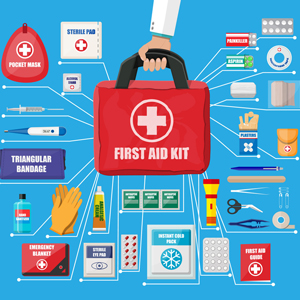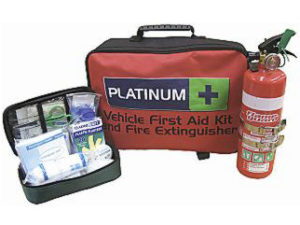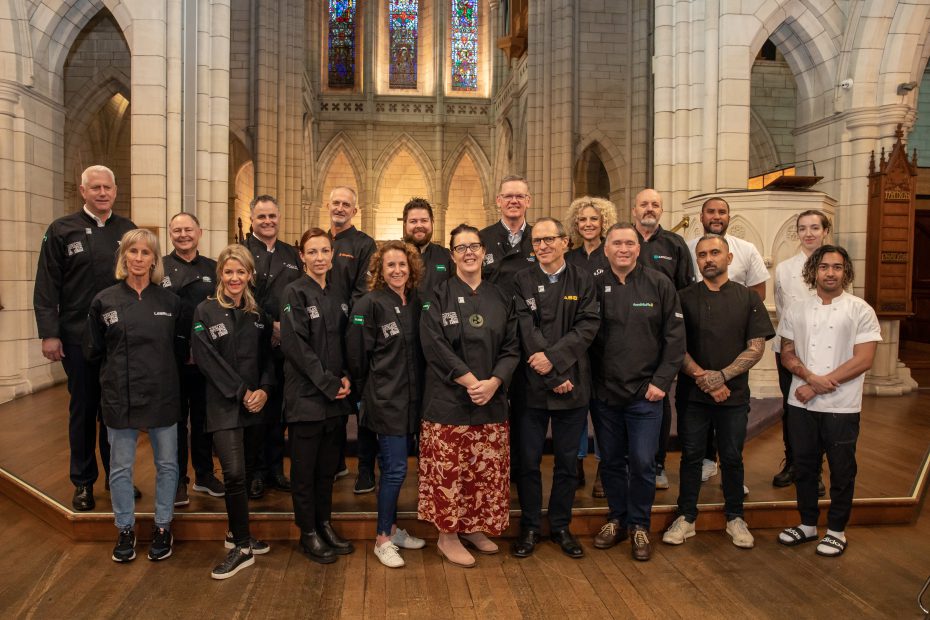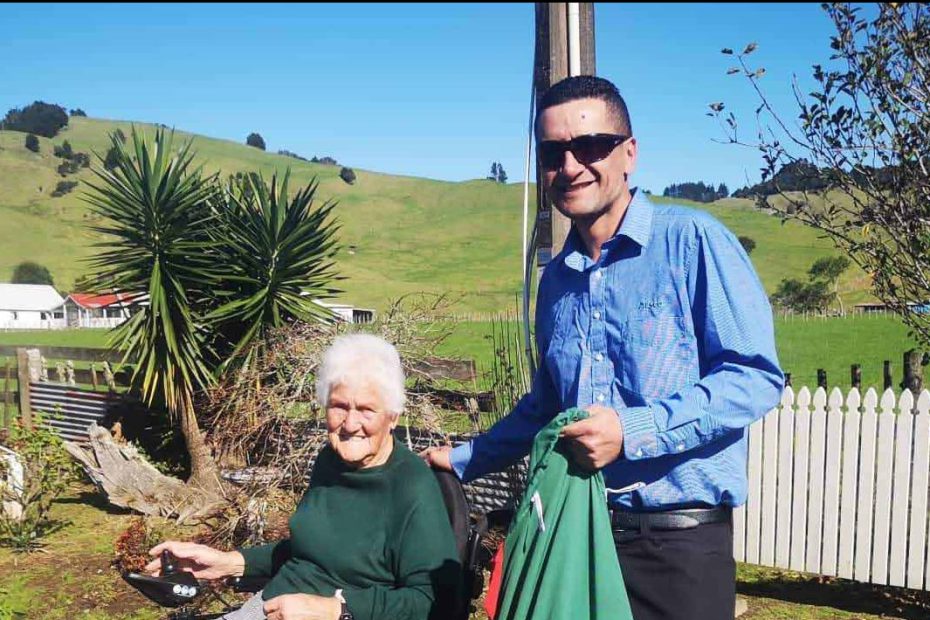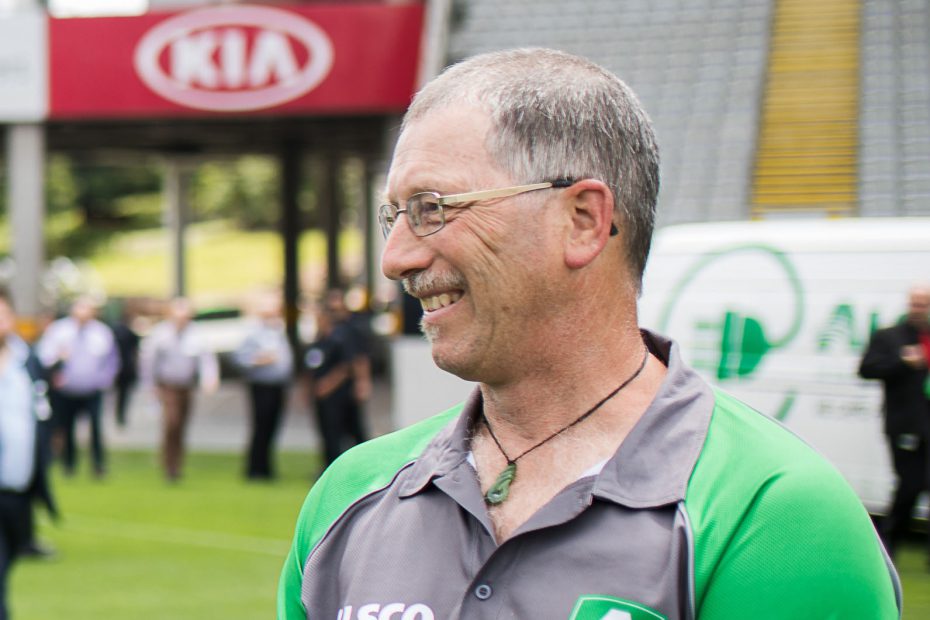Health and safety practices in the workplace inspire productivity. Employee commitment to your mission and goals improves if they feel safe.
While evaluating health and safety practices, you need to think of:
- A risk management strategy.
- Workplace safety and first aid training.
- Safety equipment in the workplace.
- Accident and emergency response equipment.
Accidents will happen at some point, your role is to:
- Minimise the frequency of accidents.
- Respond fast and with the right equipment.
- Prepare your employees with the right skills to help manage accidents.
In your emergency preparedness, you must adhere to safety laws and regulations. In New Zealand, every business must adhere to the Health and Safety Act 2015.
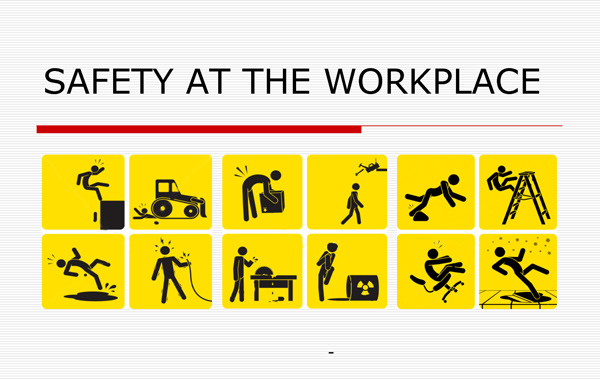
Safety Responsibilities for Businesses in New Zealand
According to the Health and Safety Act 2015, your business should:
1. Reduce the Risk of Injury
Take responsibility for the health and safety of all your workers. This includes mitigating risk and providing employees with safety equipment.
You can do this by:
- Providing safety equipment specific to your industry.
- Enforcing health and safety policies. You should hold all employees accountable for their safety.
- Encouraging communal responsibility. Employees must understand how their actions affect the safety of others.
2. Offer Safety Training
Safety training comes in 2 packages:
a) Industry-Specific Safety Training
This is a mandatory training in most workplaces.
During the training, you will refer to a safety manual and other regulatory training.
You should offer the training while onboarding employees. Thereafter, offer refresher courses several times a year.
b) First Aid Training
This is optional, yet crucial training.
Since you cannot avoid accidents, first aid training can help you save lives.
Training your employees equips them with the skills they need to save a life or reduce suffering during an accident.
Employees can work with more confidence as they know they’ll receive first aid treatment if necessary.
3. Equip Your Office
A well equipped first aid kit completes the safety tri-factor for businesses.
The first aid kit you choose will depend on factors such as:
- The number of people in your office.
- The common types of accidents for your industry.
- Industry-specific safety standards.
As a business, you can choose from a wide variety of industrial first aid kit solutions.
Types of First Aid Kits
Regulatory and logistical factors will affect the type of first aid kit you choose.
With an industry leader like Alsco NZ supplying your kit, you can choose from a wide variety of kits.
Some common options include:
1. Managed First Aid Kits
With a managed first aid kit, you contract an external supplier to install and service your first aid kit.
With this package you get:
- Basic first aid supplies.
- Industry-specific emergency and accident supplies.
- Regular kit servicing.
Once you choose a managed first aid kit, you will work with a supplier to assess your needs. The supplier will then prepare a quote with a subscription fee. The frequency of the subscription will depend on your supplier.
Most serviced kit contracts run for a year. In this time, the supplier will service and refill the kits regularly.
Who Needs a Managed First Aid Kit?
Managed first aid kit solutions work well for teams with 4 or more people. You should consider signing up for one if you are a:
- Medium-large office.
- Public sporting facility.
- Retail facility.
- Business such as a restaurant that is prone to accidents.
Managed first aid kits help you respond to multiple accidents or emergencies.
With the kit, you will always have enough supplies to serve as many people as necessary.
What to Ask for In a Managed First Aid Kit
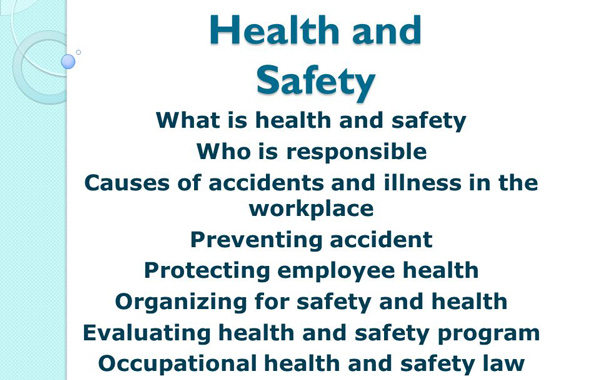
In your request for a managed first aid kit, you need to make sure you meet all safety and health regulations.
Before getting your first aid kit, ask for a first aid needs assessment. In the assessment, you should ask questions such as:
a) What are the Potential Workplace Hazards?
Each workplace presents a different set of hazards. The hazards can be physical (falling from a ladder), chemical (acid burns) or environmental (sunburns).
Poor handling of machinery or change of equipment also presents a safety risk.
Identifying and anticipating these hazards will help you select the right supplies.
b) How Many People are in the Workplace?
The number of people in your office will influence the type of supplies in your first aid kit.
You need to think about:
- The number of people on location at any given time.
- How many people have basic and/or comprehensive first aid skills.
- The nature of work different people do and related risks.
- The spread of people around the workplace. Do you have more people at certain locations than others?
- The number of visitors (suppliers or customers) you receive and the places they visit.
You can answer these questions by consulting your employees and mid-level managers. They are in a better position to inform your decision-making process.
They can tell you when numbers change, for example, when you have an increase in temporary employees coming in.
With these numbers, you can have a valuable conversation with your kit supplier.
c) Do You Have Teams From Different Employers?
If you manage a shared workspace, you might have teams from different employers on-site.
Instead of having every employer install a first aid kit, encourage them to work together. Several teams can share the same first aid resources.
The managed first aid kit will cater to their different needs and help everyone save money.
d) How Does the Layout and Size of the Workplace Affect First Aid Needs?
With a managed first aid kit, you will have several first aid stations in your workspace.
Understanding the layout and functionality will help determine:
- How many first aid kits to install.
- The placement of each first aid kit.
- Accessibility to all kits. If you need to lock some spaces at night or over the weekend, will it affect access to first aid kits?
- The workplace communication system and how it can help speed up the first aid response.
e) How Close Is the Nearest Medical Facility?
If you work far away from medical facilities, you will need more provisions.
While selecting your supplies, you need to consider your proximity to medical services. Look out for hospitals, emergency response centres or ambulance services.
Even then, make sure you consider the operating hours at these facilities. Do they run a 24/7 service or do they close in the evenings or weekends?
e) Does the Workplace Provide In-House Health Services?
If you have an in-house medical team, consult them before signing up for a managed first aid kit.
They will offer a more professional perspective. They interact with workplace emergencies and accidents more often and can advise you accordingly.
Consulting them will help you avoid wastage and save money.
2. Vehicle and Portable First Aid Kits
Vehicle and portable first aid kits are similar to managed first aid kits. The major difference is the size and mobility of the kits.
They come with the same supplies as managed kits but in smaller quantities.
Who Needs a Vehicle and Portable First Aid Kit?
You should ask for vehicle and portable first aid kits if you:
a) Manage a Fleet
If you have several vehicles, each vehicle should have a first aid kit.
Instead of the standard kit, customise it to your industry. You can add supplies such as hand sanitisers for garbage handlers or eyewash kits for chemical transporters.
b) Work On-Location
If you set up a work station away from the office, always bring a portable first aid kit.
The number or size of the kit will vary depending on the number of people you have on location.
3. First Aid Kit Add Ons for the Workplace
Managed and portable kits will often have everything you need for emergencies & accidents.
Nonetheless, you can improve your response by adding:
a) Eyewash Stations
Eyewash stations work best if you handle chemicals, such as in a lab, school or a kitchen.
An eyewash station is easy to install and use. It can make a difference between a temporary accident and permanent eye damage.
b) Portable Defibrillators
Portable defibrillators help you respond to cardiac emergencies.
You can use them to restart a heart or reset the rhythm of a heart. Quick cardiac response saves lives.
Who Should You Contact for Your First Aid Supplies?
While looking for a managed kit and other first aid services, you can trust Alsco NZ. All their first aid kits include:
- A single annual fee for all your supplies, including industry-specific customisation.
- Quarterly refills and equipment maintenance on all your kits.
- Easy to use equipment.
Take your workplace safety to the next level with Alsco NZ. You can contact them today and request for a managed first aid kit.

